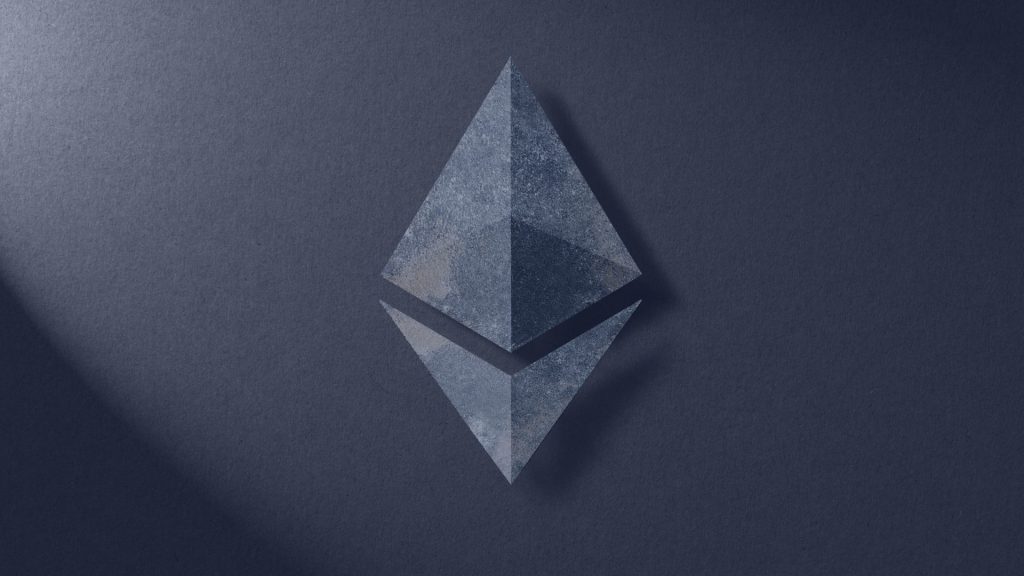The Merge, a much-anticipated update to the Ethereum [ETH] network, has piqued people’s interest. The network will wave goodbye to its proof-of-work (PoW) time as it attempts to begin its proof-of-stake (PoS) trip. This will undoubtedly refresh the network. The transition will have a significant impact on the network.
The Merge is a network upgrade that replaces Proof-of-Work (PoW) consensus with Proof-of-Stake (PoS).
As the Merge is nearing, the Ethereum Foundation has also announced the final dates set for the upgrade to happen.


The Ethereum Foundation has stated that the Merge will take place in two stages. The first step is the Bellatrix network upgrade, which is scheduled for September 6, 11:34 AM. The network upgrade will be approached by the Paris upgrade, which will finalize the shift of the execution layer from proof-of-work to proof-of-stake. Paris is scheduled to happen between September 10 and September 20, 2022.
But all updates aside, the real question is what will happen to Ethereum miners. The major upgrade of the Merge is the replacement of miners with validators. Validators either stake or lock up ETH to keep the network running. The validators will be in charge of approving transactions and adding them to the blockchain.
So what will happen to Ethereum miners and their millions of dollars worth of mining rigs?
The fate of Ethereum miners post-merge
The mining industry is a billion-dollar industry, and the miners are responsible for solving complicated mathematical problems and adding transactions to the blockchain. The miners are then rewarded for the work they do.


As the merge will replace mining with staking, the miners are literally out of their jobs. Mining is indeed an energy-centric process that requires quite a lot of power and energy. PoS is set to tackle this energy consumption by reducing it by almost 99%.
One suggestion made for mining pools is to switch to Ethereum Classic as the target for their pricey and potent specialized computers. But different miners are suggesting different paths to tackle this situation.
Mining rig behemoth Bitmain’s mining pool called AntPool made an announcement last month about its $10 million investment for the development and apps to shift its focus to Ethereum Classic.
One of the largest Ethereum mining pools, Ethermine, spoke about its beta version of the staking pool service.


Another pathway that was likely to happen was a potential Ethereum hard fork. But the exact probability of such a hard fork is debatable and quite meager.
As the network is moving closer and closer to the Merge, the co-founder of Luxor Technology stated that the Ethereum Foundation is moving too fast in its decision to switch to PoS, causing millions in losses for miners and holders.
But a vast majority of the community is in favor of the merge. This is because they believe the network will be faster and much more energy efficient.





